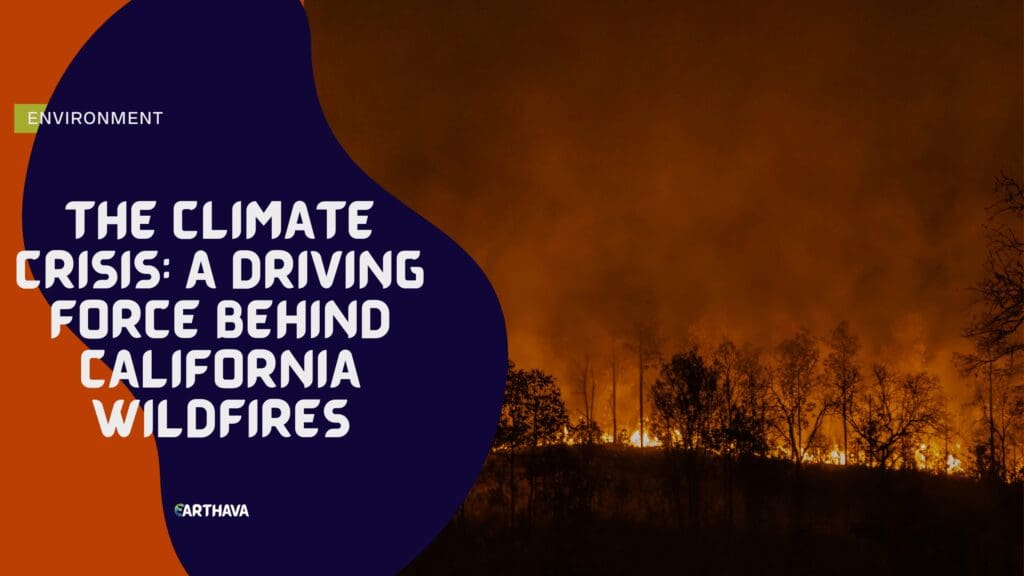The Camp Fire ravaged the town of Paradise in Butte County, CA, like an apocalyptic nightmare. This devastating blaze claimed the lives of at least 85 people and decimated 14,000 homes.

As investigators pour through the rubble, questions outnumber answers by far. What caused this deadly inferno? More importantly, how can we prevent horrific tragedies like the Camp Fire from occurring?
What Sparked the Blazes?
While investigators lack a clear cause for the Camp Fire as of yet, one likely suspect has emerged: Pacific Gas and Electric (PG&E). In the autumn of 2017, downed PG&E power lines sparked 17 wildfires across northern California.
Investigators have not eliminated other possibilities, such as a carelessly tossed cigarette or a stray ember from a barbecue. Months may pass before Cal Fire, the squad responsible for investigating the cause of the fire, obtains a definitive answer.
Regardless of the initial cause, strong winds coupled with low humidity levels left the residents of Paradise with little time to flee. But even once investigators determine the initial spark, ignoring the precipitating factors behind the Camp Fire and other wildfires will inevitably lead to future devastation.
The Climate Change Connection
The link between climate change and the recent increase in natural disasters is so clear that it could practically be seen from outer space. For the past four years, California has experienced record heat, and from 2012–2016, the state suffered a crippling drought. When the rain finally began falling again in 2017, forest undergrowth exploded, providing ample fodder for hungry flames.
New technologies can do much to minimize fire risk, but these tools won’t stop wildfires and other disasters until we start using greener energy alternatives. But while green energy catches up, measures such as using satellite imagery to ensure treetops don’t contact power lines can eliminate some risk.
Minimizing Future Fire Risk
While nothing could have stopped the Camp Fire once it began, homeowners and residents in high-risk fire zones can take proactive measures to decrease their risk of fire. Preventing fires has, sadly, become a way of life for the time being for many residents of Northern California.
All residents should create a fire safety plan. All multi-family residential dwellings such as apartment buildings must draft a plan for evacuation in the case of a blaze and ensure that exit routes are clear of debris and adequately marked.
In addition, residents must take common-sense measures to reduce their risk of fire. Everyone, regardless of whether or not they live in a fire zone, should equip themselves with several fire extinguishers for different areas of their home.
Residents should also exercise care in supervising kids and pets around open flames like lit candles. They should take care not to overload clothes dryers, which can risk a lint fire. Property managers must ensure that all units have functioning fire detectors and remind residents to test them monthly.
Can Clean Energy Prevent Future Fires?
As much as preventative measures help, they can’t eliminate the utterly destructive power of large wildfires. Politicians must take action to address climate change to prevent future disasters.
Change needs to come from the federal level as well. Despite President Trump’s claim that climate change is a hoax, the vast majority of scientists agree that failing to address global warming will only lead to future fires along with other natural disasters and more lives lost. Already, the health of many has suffered due to smoke from wildfires, with minorities and poorer citizens at greatest risk of negative health outcomes.
If politicians fail to act to address climate change, the destruction wreaked by wildfires will continue to spread. The time for a federal green energy initiative has come, and delay will be deadly. Continuing to ignore climate change will result in further loss of life, property and economic opportunity.
Taking immediate action to combat global warming is the only way to save lives and prevent future wildfires.


